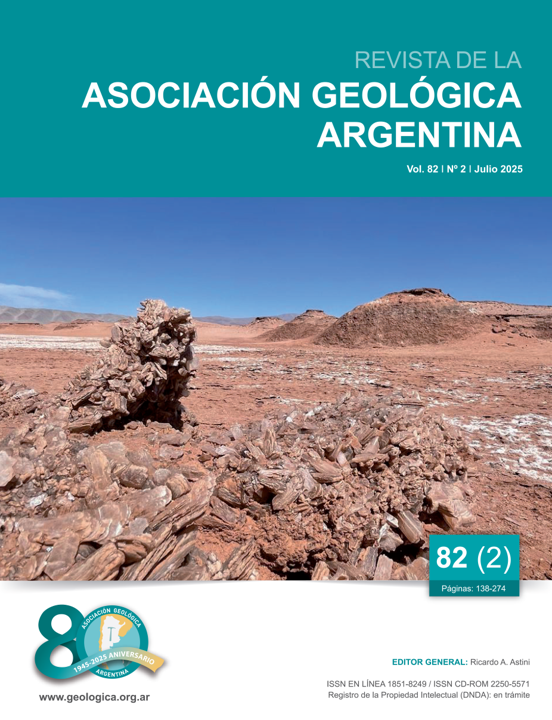Characterization of seismic hazard indicators and tsunamigenic potential in the Scotia region and Antarctic Peninsula
Main Article Content
Abstract
The objective of this work is to evaluate seismic hazard indicators for the Scotia region and northern tip of the Antarctic Peninsula: predominantly marine geotectonic area, where intense seismic activity occurs adjacent to the antarctic continent.
In the first instance, seismicity from years 1970 to 2023 (inclusive) was characterized through its temporal occurrence, spatial distribution and radiated seismic energy. The different areas of cortical deformation associated with seismicity were characterized, establishing their greater or lesser potential for each of them.
Likewise, as a contributing factor to the seismic hazard in the region, the marine areas with the greatest tsunamigenic potential were determined. To this end, through numerical simulation based on the theory of propagation of gravitational waves in fluid media, dynamic indicators that characterize the temporal and spatial evolution of the tsunami phenomenon in the Antarctic and sub-Antarctic marine area were estimated.
Based on the analysis of seismic hazard indicators, a division into seismotectonic zones was developed according to the degree of potential seismic hazard.
With regard to seismic risk, the location with the highest risk are the South Orkney Islands, where the Argentine year-round Antarctic facility base Orcadas is located. In decreasing order of vulnerability, the South Shetland Islands represent the second seismic risk area, housing permanent Antarctic bases in its archipelago. The South Sandwich Islands region does not hold year-round human settlements, therefore, although it would constitute the area of greatest seismic hazard in the region, it does not usually pose a local seismic risk.
Article Details

This work is licensed under a Creative Commons Attribution-NonCommercial 4.0 International License.
Nota de copyright
Los autores conservan los derechos de autor y garantizan a la revista el derecho de ser la primera publicación del trabajo licenciado según una licencia de atribución Creative Commons que permite a otros compartir el trabajo con el reconocimiento de la autoría y de la publicación en la que se publicó por primera vez.
Declaración de privacidad
Los nombres y direcciones de correo electrónico introducidos en esta revista se usarán exclusivamente para los fines declarados por esta revista y no estarán disponibles para ningún otro propósito u otra persona.

